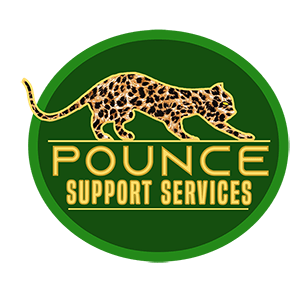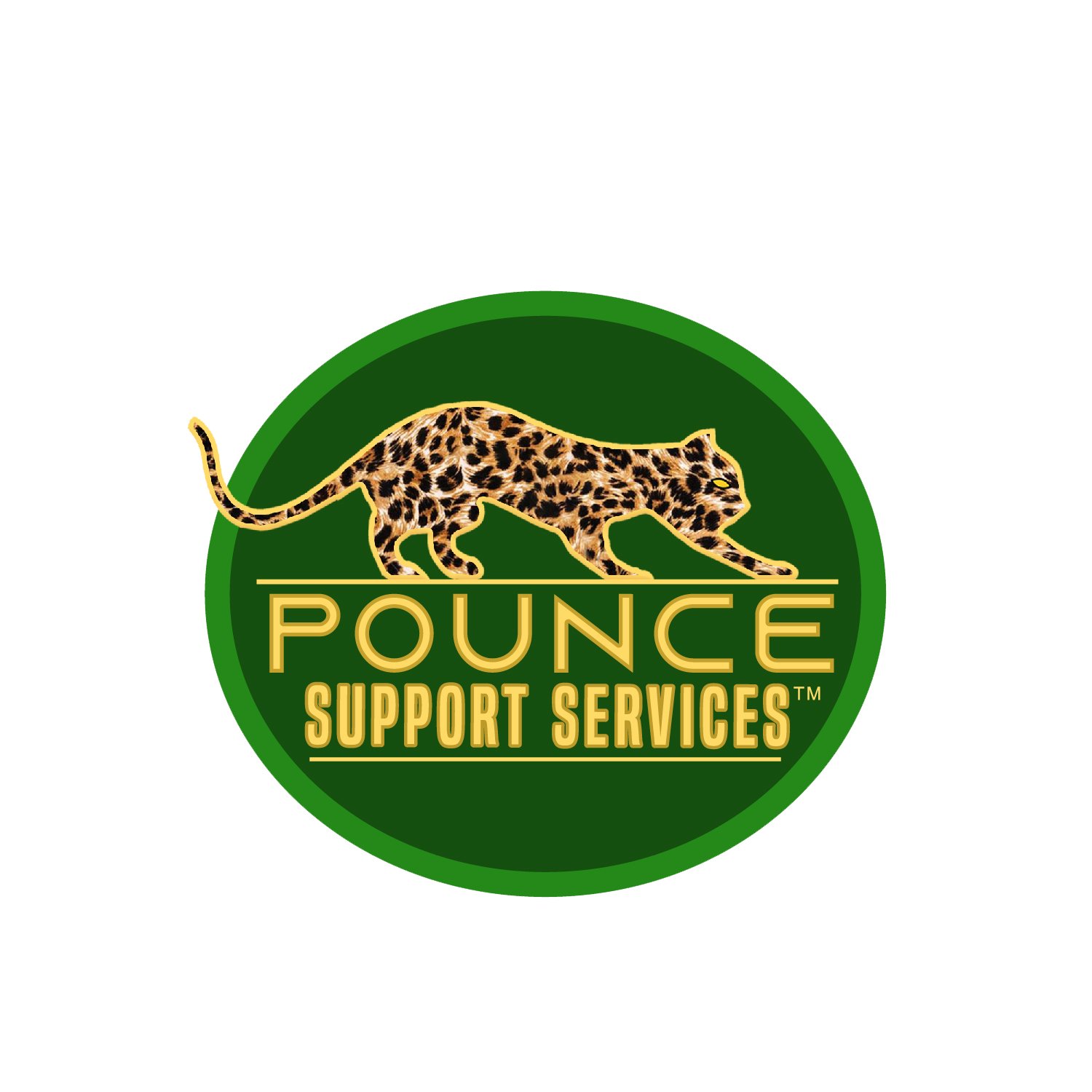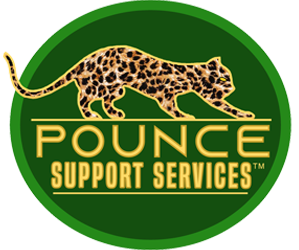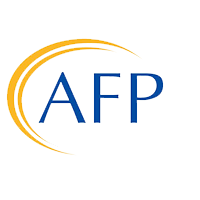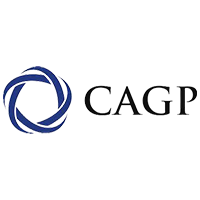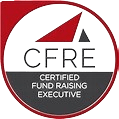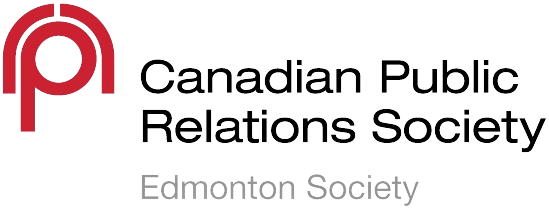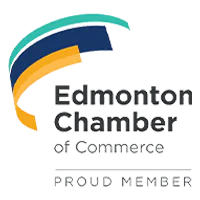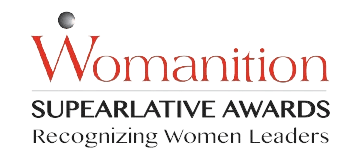Human Trafficking, what is it?
By Sarah Birmingham
Public Relations Intern at Pounce Support Services™
*Disclaimer: there is sensitive content in this article, and it may be disturbing for some readers.

Human trafficking is an issue that affects 2.5 million people who are “forced to perform degrading, dehumanizing and dangerous work in conditions akin to slavery” (Toews, 2012). It is a severe crime involving exploiting vulnerable individuals for financial gain. Awareness is vital in combatting this global problem, and it is essential to understand the signs, causes, and consequences of human trafficking to act against it. This article will discuss the common questions about human trafficking.
Here are some statistics to better understand what human trafficking looks like in Alberta. 45% of ACT’s (Action Coalition on Human Trafficking) clients who experienced trafficking were women, 55% were men, and 5% were gender non-binary. 22% of ACT Alberta’s domestic cases include Indigenous women and girls. 66% of ACT’s cases had elements of labour trafficking, while 34% were sex trafficking (or had intersections of both) (ACT Alberta, 2021).” $150 billion is generated through human trafficking each year globally, as reported by the International Labour Organization (2014).
Human Trafficking versus smuggling and why they are different.
There is often a misconception that human trafficking and smuggling are the same. They are rather different, and here’s how:
The following quotes are sourced from the United Nations Office on Drugs and Crime:
The Oxford Dictionary defines smuggling as the “illegal movement of goods into or out of the country” and they also define trafficking as: “to deal or trade something illegal.”
Consent: Smuggling involves migrants who have consented to the smuggling without knowing whether they can trust their smugglers. Trafficking is where victims have never agreed, or if initially “consent has been rendered meaningless by the coercive, deceptive, or abusive actions of the traffickers.”
Exploitation: “Smuggling ends when the migrants arrive at their destination. Whereas Trafficking is ongoing exploitation.”
Transnationality: “Smuggling is always transnational, whereas trafficking may not be.”
Who is affected, and why are they?
The Royal Canadian Mounted Police conducted Canada’s first Human Trafficking Threat Assessment.
This confirmed that vulnerable, economically challenged, and socially isolated sectors of Canada’s population represent most of Canada’s victims. Non-Canadian victims are brought to Canada generally from Asia (Thailand, Cambodia, Malaysia, and Vietnam) or Eastern Europe. The terms used to describe trafficking techniques are “push” and “pull” factors. The push factors include “poverty, unemployment, lack of education, inadequate social programs, gender biased inequity, war and conflict (Department of Justice Canada).” The Department of Justice Canada describes a “pull” factor as a globalized, free-market economy that has increased the demand for cheap labour, goods, and services in many countries. Victims can also be “pulled” into trafficking through promises of financial gain and a “better life.”
Why do victims not come forward?
Losing identification is the first indication of knowing one is being trafficked. Without identification and the ability to contact anyone other than the traffickers, creates uncertainty about their surroundings. Some victims do not come forward because they are fearful of their capturers, and they are convinced not to trust outsiders. They do not know if reporting to law enforcement will benefit or worsen their situation. There could be fear for their families and loved ones back home being berated and hurt too.
Where can I educate myself further?
Knowledge is power, and this may be an arena that is difficult to approach, but we must educate ourselves to help be a part of the solution.
ACT Alberta provides various education. Does your industry intersect with trafficking? You, your work colleagues, family, and friends can fit in here. ACT offers free training and educational workshops. The information sessions provided are:
- How to be trauma-informed
- Health care
- Agriculture
- Occupational Health and Safety (OHS) and temporary foreign workers advisory office (TFWAO)
- Service provider training
- Hosting an information table
Contact ACT Alberta for further inquiries.
CEASE Alberta hosts workshops and specialized training to build public awareness. Presentations can be customized to the needs of your group. Contact CEASE Alberta to arrange a training session for your group or agency.
| Organization | Phone Number | Website | |
| ACT Alberta | 780.474.1104 | info@actalberta.ca | https://www.actalberta.org |
| CEASE Alberta | 780.471.6137 | info@ceasenow.org | https://ceasenow.org |
| Chrysalis Anti-Human Trafficking Network | 1.866.528.7109 | chrysalisntwk@gmail.com | http://www.chrysalisnetwork.org |
| The Joy Smith Foundation (Winnipeg) | 204.691.2455 | info@joysmithfoundation.com | https://joysmithfoundation.com |
| Canadian Human Trafficking Hotline | 1.833.900.1010 | https://www.canadianhumantraffickinghotline.ca | |
| Stop the Traffik | +44(0) 207.921.4258 | info@stopthetraffik.org | https://www.stopthetraffik.org |
This is a heavy topic but an essential one to be aware of in our communities.
Thank you for reading and creating awareness about human trafficking in Canada through education.
